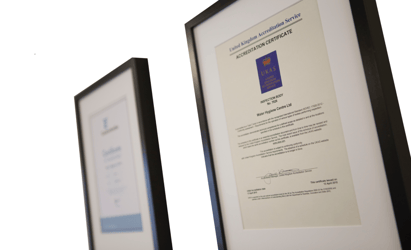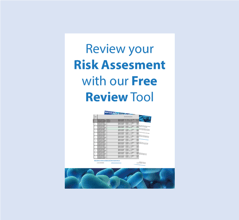Water Safety Plan [WSP], defined in BS8680 as…
‘strategic plan which defines and documents the arrangements that are required for the safe use and management of all water systems together with all associated systems and equipment within each building or estate to prevent harm arising from all forms of exposure’
The term ‘WSP’ was first used by WHO in 2011 in the published ‘Water safety in buildings' and used again by WHO in 2017 in the published ‘Guidelines for Drinking Water Quality [4th edition]’. WSP was then used by the Dept. of Health in 2013 in the published ‘HTM 04-01 addendum’, which was superseded in the 2016 revision of the HTM 04-01. The HSE also included the use of WSP in 2014 in the published ‘HSG274 Part 2’.
Depending on the type and size of your organisation the scope and content of the WSP will vary. The initial steps in the development of a WSP is understanding the water-related risks, the need to have identified and assessed those water-related risks within a building or across an entire estate. This baseline of the water risks allows the development of the associated processes to be defined, outlining applicable arrangements to ensure the safe use of, and management of the water systems and associated equipment initially identified.
The development of a WSP is ongoing, the WSP is a working suite of documents that need to be developed by members of the Water Safety Group [WSG], including the Responsible Person [W], Deputy Responsible Person [W] / Authorised Water [W], Microbiologist and Infection Prevention Control [where applicable] and Authorising Engineer [Water] / independent advisor. The WSG, being a multidisciplinary group that advises on and manages water safety within the organisation and are responsible for the ongoing development of the WSP.
When considering the risks associated with water there needs to be consideration of the biological, chemical, physical and radiological nature. Coupled with the need to assess the population exposed i.e. the susceptibility. Examples being, ‘physical’ risk to hot water is scalding, who are those most susceptible to scald risk, the very young, elderly, those with sensory impairment. ‘Chemical’ risk concerning the use of supplementary control strategies, the potential products being used on a system and how applicable are they to processes within the building.
Those organisations who’ve traditionally had written schemes of control including policy/procedures for the management of legionella [as required by HSE in ACOP L8 and HSG274 Parts 1/2/3] will have many components and elements of a WSP established!















